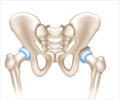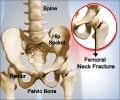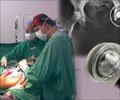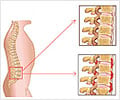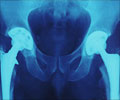Total hip arthroplasty (THA) revision rate has significantly increased in patients between 45 and 64 years of age. However, the rate of surgically treated THA dislocations has decreased significantly. This may indicate that evolving techniques and implants are improving stability.
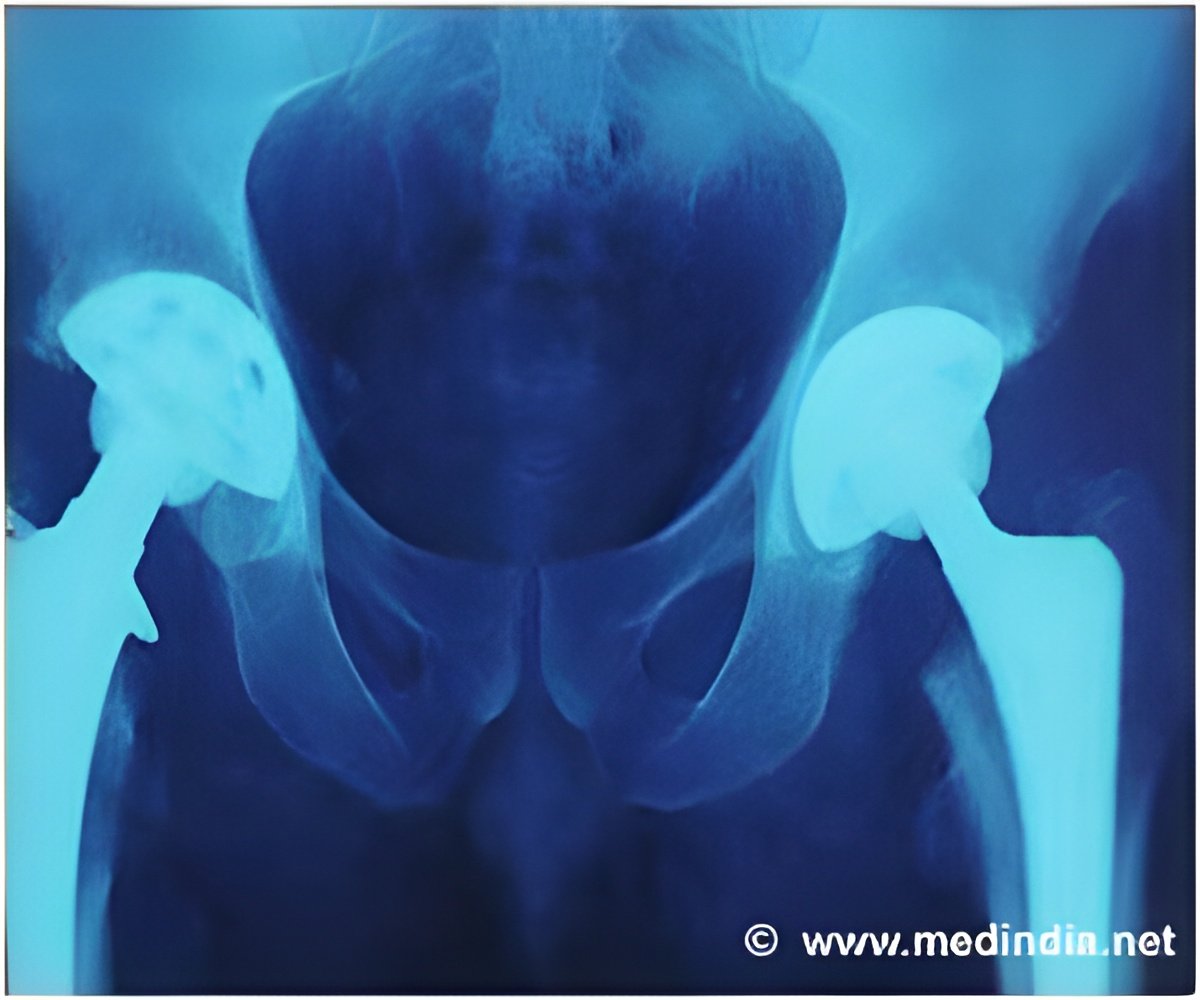
‘According to this study, revision surgery of total hip replacement surgery (total hip arthroplasty) is increasing among patients between the ages of 45 to 64.’





"Hip arthroplasty revision is a lot safer and more successful than 20 years ago, but still occurs too frequently," comments senior author Guy Paiement, MD. "We need to continue improving techniques and implants." Increasing Burden of THA Revisions in Middle-Aged Patients
The researchers analyzed nearly 320,500 THA revision procedures performed between 2007 and 2013, identified from the Agency for Healthcare Research & Quality's Nationwide Inpatient Sample. While THA is a highly successful procedure, failure can occur for various reasons. In these cases, revision surgery may be needed to remove or replace the hip prosthesis or parts of it.
The data showed a 12 percent increase in the overall estimated THA revision rate over six years, after adjustment for population growth. However, that increase was driven exclusively by patients aged 45 to 64: in this group, the THA revision rate increased by more than 30 percent. In all other age groups, the revision rate decreased during the six-year study period.
The reasons for revision surgery also changed between 2007 and 2013, with about a 14 percent decrease in revisions due to THA dislocations. This gain was offset by an increase in revision surgery due to "other mechanical complications." That trend likely reflects complications related to the increased use of "metal-on-metal" hip implants during that period, Dr. Rajaee and colleagues believe.
The data also showed improved outcomes for patients undergoing THA revision surgery. Rates of several serious inpatient complications decreased significantly, including blood clot-related problems, myocardial infarction (heart attack), pneumonia, and urinary tract infections.
Advertisement
"Over the last several decades, there have been substantial advancements in both surgical technique and implant design that have improved patient outcomes" after THA, Dr. Rajaee and coauthors write. While THA provides excellent long-term outcomes, high rates and costs of revision surgery continue to be a problem.
Advertisement
Meanwhile, for patients who do require THA revision, the procedure is safer today and associated with fewer complications, even after adjusting for all health problems. Dr. Rajaee and colleagues conclude, "This improving patient safety profile is encouraging and validates the efforts made to improve patient outcomes after THA revision."
Source-Eurekalert

